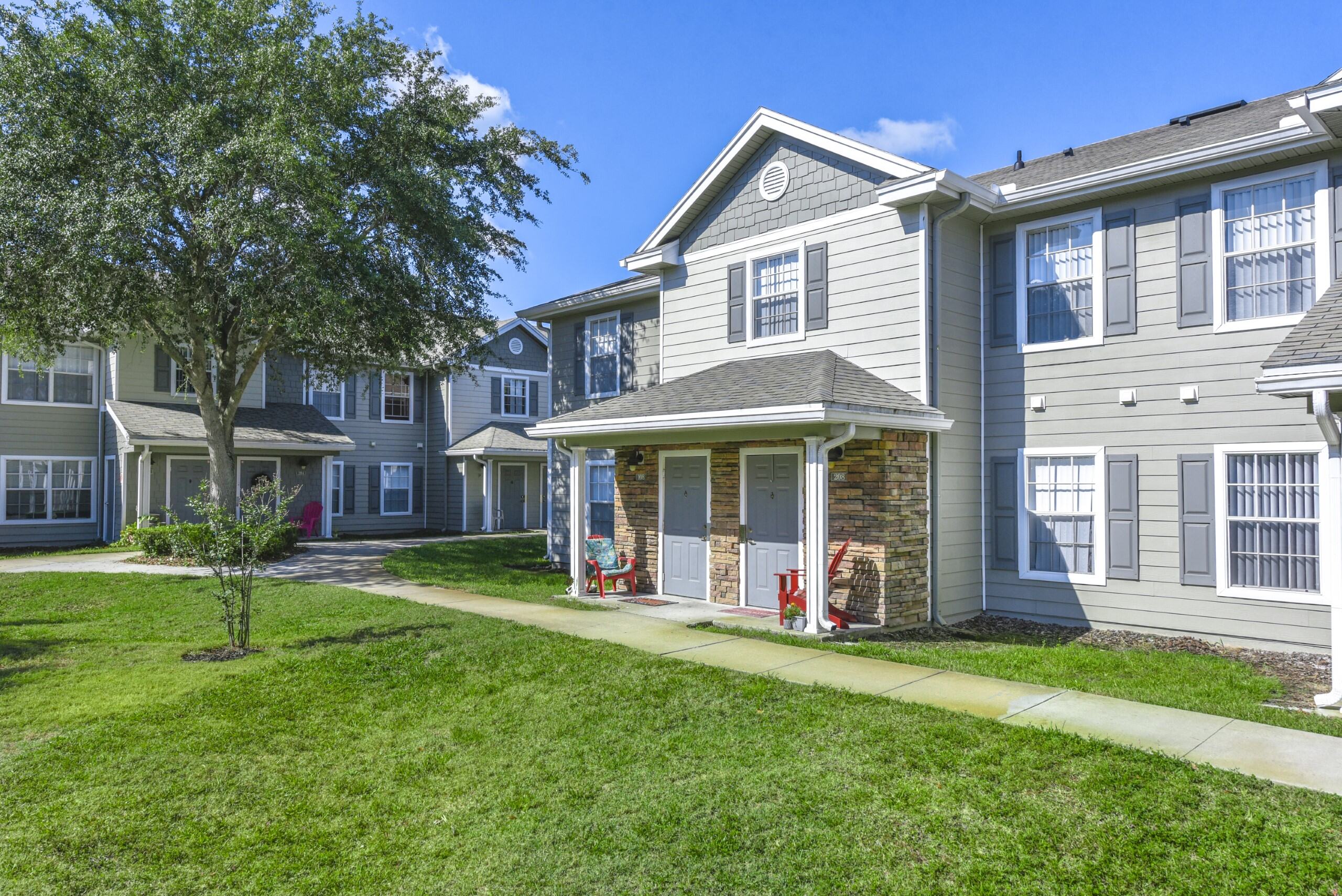We continue to face a critical affordable housing shortage.
There are still not enough quality affordable units in this country to accommodate everyone who needs one.
According to Dennis Shea, Ronald Terwilliger Center for Housing Policy at the Bipartisan Policy Center, a member of our Client, the Multifamily Impact Council, “Our nation suffers from a severe shortage of affordable rental homes, a situation that has led to crushing rent burdens for millions of lower-income households. Fortunately, policymakers from across the political spectrum recognize that increasing affordable rental supply is critical if we are to make progress in solving this problem.”
Shea adds that enactment of the Affordable Housing Credit Improvement Act, which would expand federal support for and strengthen the Low-Income Housing Tax Credit program, is a top priority for his organization. “This legislation has overwhelming bipartisan support, so we are optimistic that it can cross the legislative finish line in Congress sometime in 2025.”
Multiple factors are hindering the development of affordable housing properties.
While simply building more affordable housing communities seems like the obvious solution to the lack of this type of housing, developers are dealing with several headwinds in getting this accomplished.
Daryl J. Carter, founder, chairman & CEO at Avanath Capital Management, a Client of ours, recently told Affordable Housing Finance, “We do expect fewer affordable housing units to start construction in 2024, primarily due to prohibitive economics, including higher construction costs and interest rates. In high-cost geographies such as California, New York, and Massachusetts, new construction costs exceed $700,000 per unit. With construction financing rates above 8%, these economics do not work.”
Carter added that the high cost of debt and the imminent distress caused by near-term loan maturities in this environment are serious issues. While interest rates are not likely to fall significantly until 2025 or beyond, the challenge of loan maturities will require innovative steps to resolve, affordable housing stakeholders do have options.
“Fortunately, we in the affordable housing industry have ample access to debt through Fannie Mae and Freddie Mac, and affordable housing developers are discovering creative capital solutions including public/private partnerships that allow these projects to move forward even in the tight debt environment,” notes Carter.
Affordable housing can help ease the homelessness crisis.
The number of unsheltered individuals and families in this country is a growing problem, particularly as inflation and home prices have soared. According to ATTOM’s fourth-quarter 2024 U.S. Home Affordability Report, median-priced single-family homes and condos remain less affordable in the fourth quarter of 2024 compared to historical averages in 98 percent of counties around the nation with enough data to analyze. The trend continues a three-year pattern of home ownership requiring historically large portions of wages as U.S. home prices keep reaching new heights.
Multifamily communities—and affordable housing in particular—have become increasingly important in this economic environment, many affluent areas are especially underserved. Our Client Meta Housing Corporation, in partnership with the Foundation for Affordable Housing, broke ground in 2024 on the development of 1400 Long Beach, a new affordable housing community minutes from Downtown Long Beach, California, and directly adjacent to public transit. Taylor Rasmussen, Vice President and Director of Development at Meta Housing Corporation, says the project will deliver much-needed housing for low- and moderate-income family households earning between 30% and 70% of the area median income.
“As one of the top ten most populated cities in California, Long Beach is home to residents of all income levels. Without access to affordable housing, families and individuals at low to moderate income levels are put at risk of homelessness,” says Rasmussen. “Our goal is to provide high-quality housing that not only supports residents, but also seamlessly integrates into the existing neighborhood.”
Affordable housing raises the bar everywhere.
Building more affordable housing can elevate the quality of life throughout a city or town. By attracting businesses to serve its residents, affordable housing managed by experienced operators eliminates blight and improves local economies. This can have a ripple effect that impacts other local businesses and residents – even extending to the state level through sales tax.
Simply put, developments that are well built and attractive beget other developments of that quality and draw in new residents to the area. Unlike low-income projects of the past, the affordable housing projects being constructed today are designed with a modern aesthetic and amenities that rival nearby market-rate apartment buildings. These developments invite investment into the region and raise the bar on the projects to follow, benefiting everyone in the cities and towns in which they are located.


